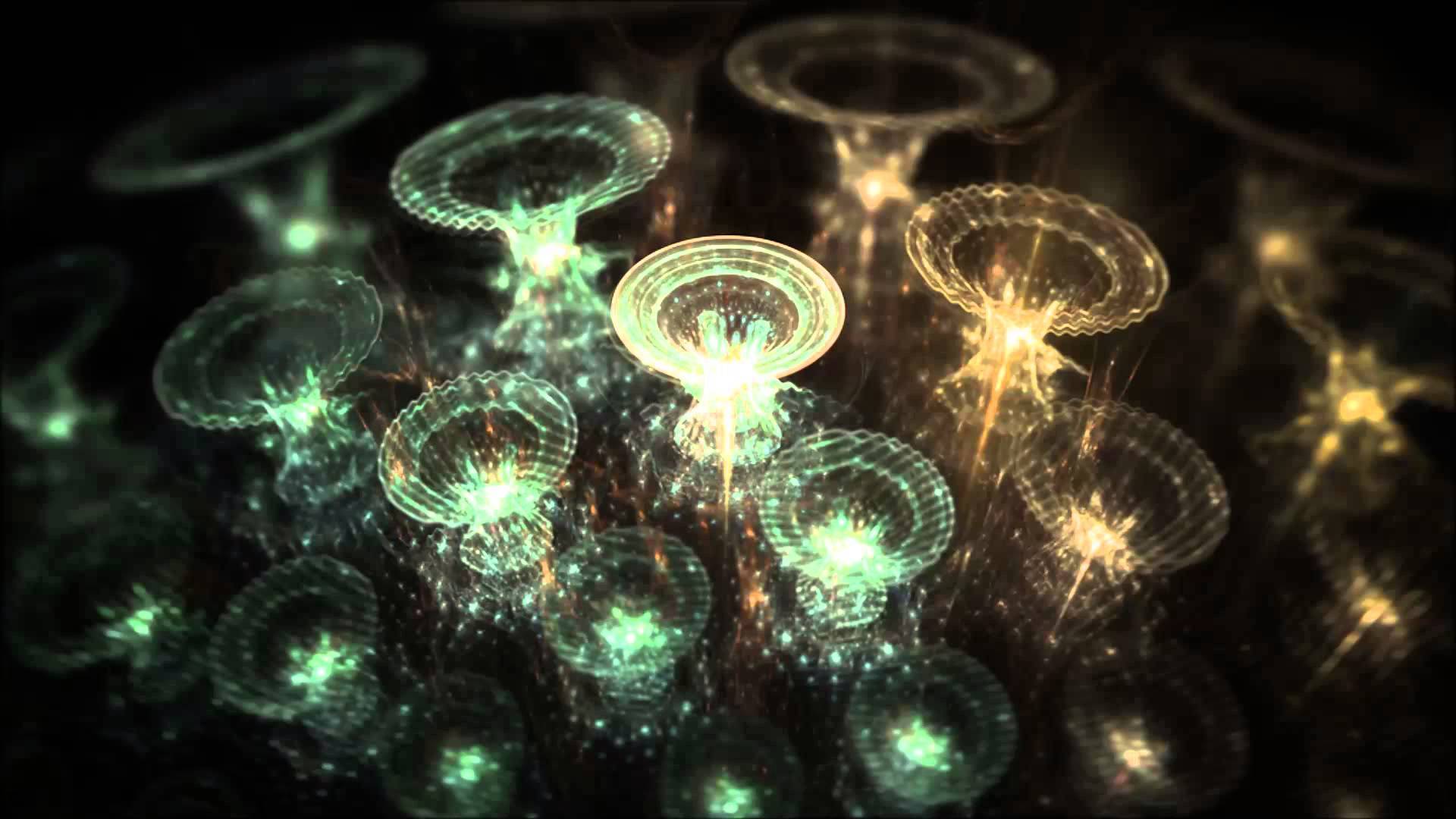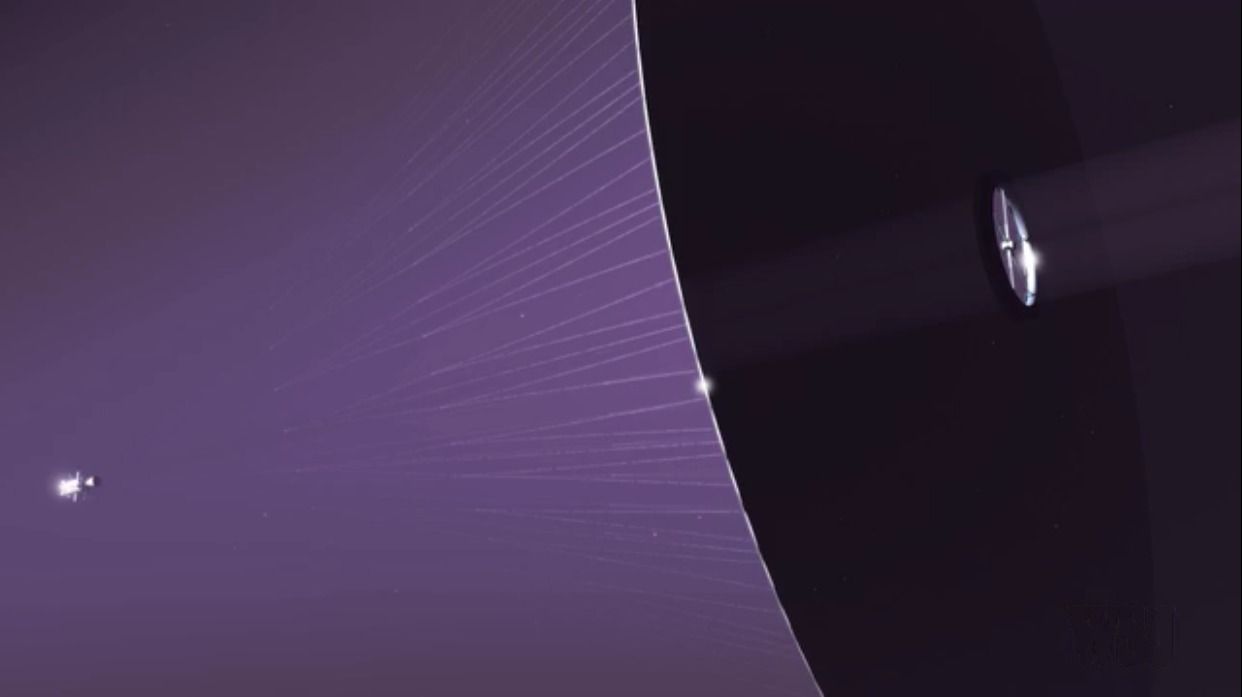Feb 25, 2016
Defence white paper faces the reality of Australia’s engagement with Asia and the Pacific
Posted by Karen Hurst in categories: computing, quantum physics, security
Australia’s improved alliance with China on defense, and Quantum Computing. Australia has been one of the early R&D groups working on Quantum Computing just like D-Wave, Stanford, UC Berkley, etc. So, this could help China drastically migrate much sooner to a Quantum infrastructure.
You think you’ve heard it before: Australia’s great security challenge this century is the dramatic shift in power to Asia epitomised by the rise of China.
But read of the latest Defence white paper if you want that abstract idea to sink in.


















